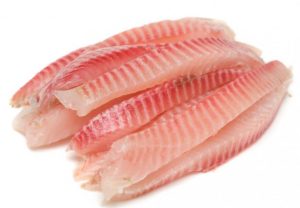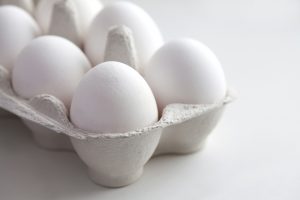By Heide Kennedy, Arizona Farm Bureau Communications Intern
Food is nutrition, we all know that by now. But did you know what we eat has a huge impact on our ability to avoid getting sick and to also get better faster? Research shows that a balanced diet is more effective at preventing illness than vitamin C supplementation alone.
Here is a quick cheat sheet of some of the best immune system-boosting foods according to nutritionists!
Citrus – The traditional immune-boosting food. Citrus is full of vitamin C, which acts as an antibiotic and protects cells against damage.
Yogurt – Full of live cultures and probiotics that are beneficial to gut health. 70-80% of your immune-boosting bacteria live in your gut!
Garlic – Has been used for centuries in ancient medicine. Known for alliin content, which is antimicrobial and anti-inflammatory.
Sweet potatoes – A good source of beta-carotene, which is necessary for the body to produce vitamin A, which then protects cells and tissues from infection. Sweet potatoes are also a good source of fiber, potassium, and vitamin C.
Leafy greens – These are a powerhouse of nutrition, as they contain vitamins A, C, and E, as well as folate. The 3 best varieties are spinach, kale, and Swiss chard.
Almonds – These are a rich source of vitamin E. Vitamin E is responsible for protecting cell membranes against oxidative stress.
Something cool about many of these foods is that they’re produced right here in Arizona! Citrus is one of the 5 C’s of Arizona, we have lots of dairies that produce milk for yogurt, and we also grow lots of different leafy greens! Getting your hands on some nutritious immune-boosting foods couldn’t be easier!
For more health and food articles, check out the Fill Your Plate blog!





 By Heide Kennedy, Arizona Farm Bureau Communications Intern
By Heide Kennedy, Arizona Farm Bureau Communications Intern